Effectively forecasting and planning workloads is important for healthy marketing and creative operations. While time tracking is often the most accurate (and loved by RoboHead users) way to keep a pulse on how long it takes to execute work, it can be discouraging for individuals to be micromanaged in this way. There are some simple steps you can take to get the data you need to still accurately forecast your team’s projects.
1. Rely on Project Templates
Predictability is the key to forecasting. By standardizing common tasks and projects, you can quickly gauge the resources needed for similar assignments in the future. RoboHead’s project templates create predefined task structures for recurring projects. This ensures that every step is anticipated and can be efficiently allocated, even without exact time logs.
2. Employ Estimated Task Durations
Instead of tracking actual time, use estimates based on historical data or team feedback. Over time, these estimates can be refined to closely match the realities of your team’s workflow. RoboHead makes it easy to assign an estimated time for each task within your project templates. While it’s not exact, it provides a ballpark, helping in effective resource allocation. Moreover, by comparing estimated durations with completion dates, you can refine future estimates.
3. Embrace Resource Allocation Tools
A real-time overview of who’s working on what and their current bandwidth can guide decisions without diving into detailed time logs.
RoboHead’s Resource Allocation view makes it easy to visualize the current workload of each team member. This snapshot helps in dynamically allocating tasks based on availability and expertise.
4. Monitor Task Progress
Instead of tracking every minute, focus on task progression. Knowing which tasks are on schedule, ahead, or behind can provide insights into workload distribution and efficiency. RoboHead dashboards give you a bird’s eye view of your tasks, making it clear if tasks are completed on schedule, ahead, or delayed, you get a pulse on workload balance and potential bottlenecks.
5. Foster Open Communication
A team in sync can anticipate and adjust to changes faster. Promote a culture where team members openly discuss workloads, and potential roadblocks, and share feedback. Use RoboHead’s collaboration tools to streamline communications. By keeping everyone in the loop about changes or feedback, you ensure better alignment and project flow.
Conclusion
Time tracking, while valuable, isn’t the only avenue to effective workload management. By harnessing project templates, estimated durations, resource allocation tools, task progression monitoring, and open communication, teams can forecast and plan efficiently. RoboHead is your allie in this endeavor, providing the features and flexibility needed to adapt to your team’s unique dynamics.



